More about Salvador Dalí
- All
- Info
- Shop

Contributor
We should begin with Salvador Dalí’s own self-assessment. Simply put, he said, “I don’t do drugs. I am drugs.”
With his crazy eyes, incredibly long and pointy mustache and his pet oselot, Babou, Dalí is one of the most iconic characters in the history of the art world. His artistic style and personal exuberance was strange even for Surrealists, through strangely he was influenced by classical artists such as Raphael, Bronzino, Vermeer, and Velázquez (the last one being the inspiration for his sharp facial hair). Overall, Dalí was the silliest SOB in the game and everyone knew it.
Though all of his antics seem light-hearted, Dalí's life actually began with tragedy. Nine months before he was born, Dalí's older brother, who was also named Salvador, died of Gastroenteritis. His parents believed that he was his dead brother reincarnated – something Dalí grew to believe himself. His brother was a reoccurring figure in his work throughout his life, which in a way was an uber disturbing self-portrait.
Another one of the most influential people in his life was his muse and eventual wife, Gala. She was a Russian immigrant and a bit of a cougar as she was ten years his senior. Dalí's involvement with Gala and the Surrealists was a source of great disapproval from his father and caused a falling out between them. But Dalí was a born Surrealist and not GAFing type of man in love and eventually his father got over it.
He and Gala were nothing close to your average couple. For example, at a masquerade party in New York, the couple dressed as the Lindbergh baby and his kidnapper just two years after the incident, which (shocker) didn’t go over well and Dalí had to publicly apologize. Gala also sometimes played hard-to-get and would stay for extended periods of time at a castle that Dalí bought her, causing Dalí to fall into spells of depression. Being slightly older than Dalí, Gala grew a bit senile in her last years and was accidentally drugging him into oblivion, damaging his nervous system and resulting in Parkinson-esque symptoms thus prematurely ending his artistic career. Whoops. This didn’t change anything for Dalí, however. When Gala died, Dalí “tried to put himself in a state of animated suspension” aka he tried to kill himself.
Throughout his life, Dalí was involved in many groups but was always eventually ejected from them because of his contradictory views and inability to conform. He was expelled from the Academia de Bellas Artes de San Fernando for starting an unrest and was kicked out of his Surrealist group for not renouncing fascism. And though his art was influenced by artists such as Picasso and Joan Miró, he truly stood in a category of his own in terms of style and character. Dalí never really got that whole normalcy thing down and stated that, “Each morning when I awake, I experience again a supreme pleasure – that of being Salvador Dalí.” And we would expect nothing less.

Contributor
Born May 11, 1904 - Died January 23, 1989
Dali was obsessed with mustaches, time, and rhinoceroses.
Adrian Brody did an awesome job playing Dali in Woody Allen's "Midnight in Paris."
He was known for his anti-homosexual views but was rumored to have had an affair with poet Federico García Lorca (go see the British movie "Little Ashes"). Dali said "He [Lorca] was homosexual, as everyone knows, and madly in love with me... He tried to screw me twice... I was extremely annoyed, because I wasn't homosexual, and I wasn't interested in giving in. Besides, it hurts. So nothing came of it. But I felt awfully flattered vis-à-vis the prestige. Deep down I felt that he was a great poet and that I owe him a tiny bit of the Divine Dali's asshole."
Check him out in this commercial for Lanvin Chocolate! Chocolate so good it'll make your Dali-stache spin: http://youtu.be/rK4Bh_arF-E
Featured Content
Here is what Wikipedia says about Salvador Dalí
Salvador Domingo Felipe Jacinto Dalí i Domènech, Marquess of Dalí de Púbol GYC (11 May 1904 – 23 January 1989), known as Salvador Dalí (/ˈdɑː.li, dɑː.ˈliː/ DAH-lee, dah-LEE;
Catalan: [səl.βə.ˈðo ðə.ˈli];
Spanish: [sal.βa.ˈðoɾ ða.ˈli]), was a Spanish surrealist artist renowned for his technical skill, precise draftsmanship, and the striking and bizarre images in his work.
Born in Figueres in Catalonia, Dalí received his formal education in fine arts in Madrid. Influenced by Impressionism and the Renaissance masters from a young age, he became increasingly attracted to Cubism and avant-garde movements. He moved closer to Surrealism in the late 1920s and joined the Surrealist group in 1929, soon becoming one of its leading exponents. His best-known work, The Persistence of Memory, was completed in August 1931. Dalí lived in France throughout the Spanish Civil War (1936 to 1939) before leaving for the United States in 1940 where he achieved commercial success. He returned to Spain in 1948 where he announced his return to the Catholic faith and developed his "nuclear mysticism" style, based on his interest in classicism, mysticism, and recent scientific developments.
Dalí's artistic repertoire included painting, sculpture, film, graphic arts, animation, fashion, and photography, at times in collaboration with other artists. He also wrote fiction, poetry, autobiography, essays, and criticism. Major themes in his work include dreams, the subconscious, sexuality, religion, science and his closest personal relationships. To the dismay of those who held his work in high regard, and to the irritation of his critics, his eccentric and ostentatious public behavior often drew more attention than his artwork. His public support for the Francoist regime, his commercial activities and the quality and authenticity of some of his late works have also been controversial. His life and work were an important influence on other Surrealists, pop art, popular culture, and contemporary artists such as Jeff Koons and Damien Hirst.
There are two major museums devoted to Salvador Dalí's work: the Dalí Theatre-Museum in Figueres, Spain, and the Salvador Dalí Museum in St. Petersburg, Florida, U.S.
Check out the full Wikipedia article about Salvador Dalí

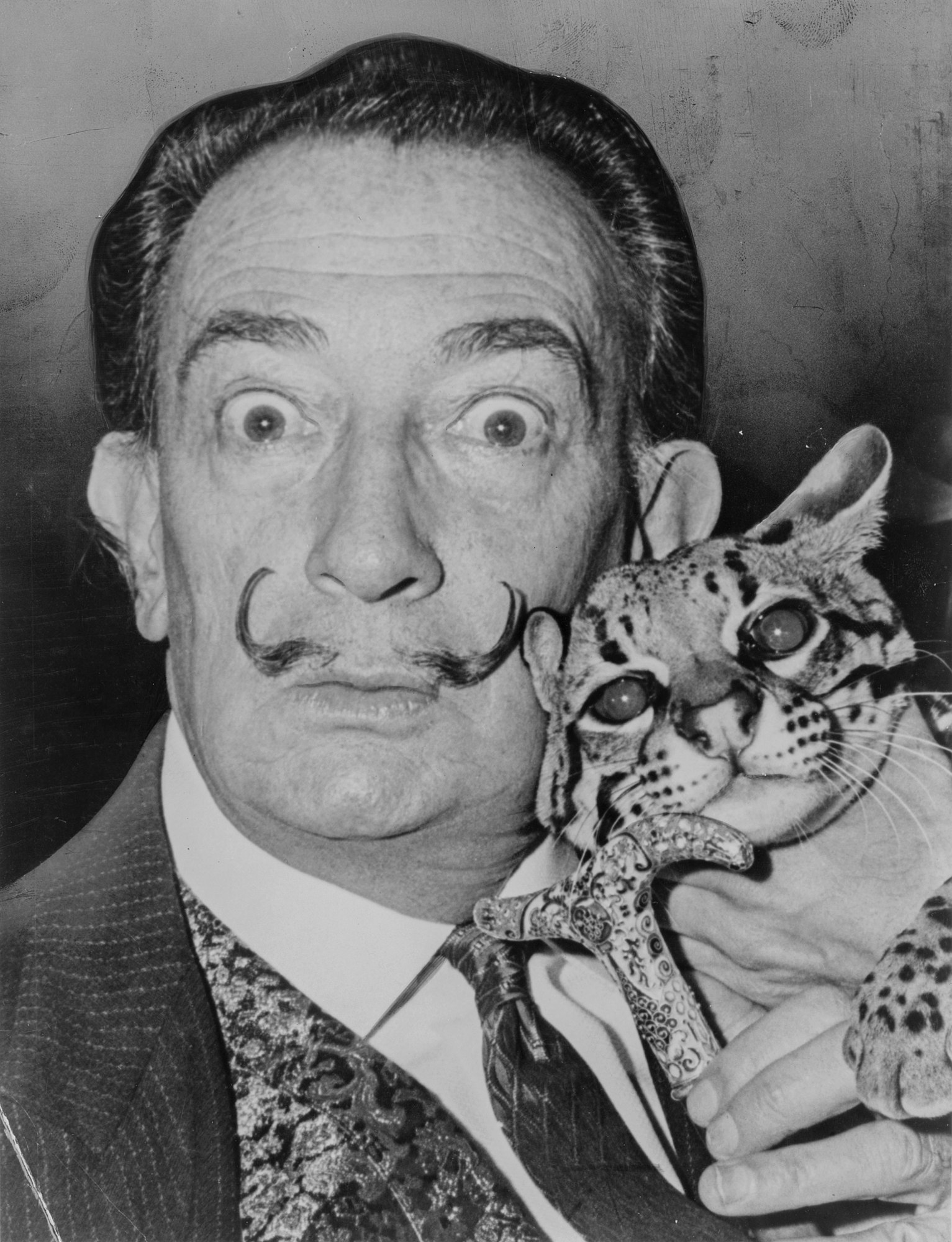
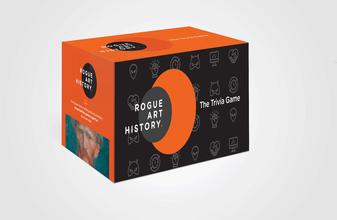
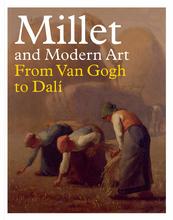
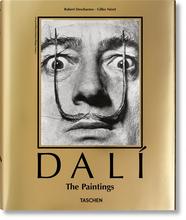
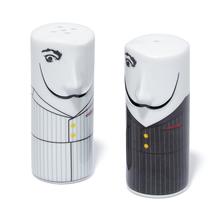
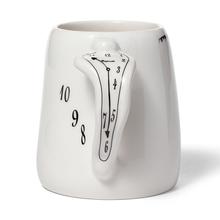
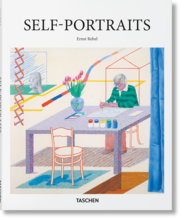
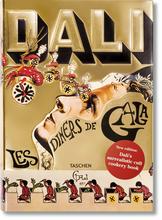

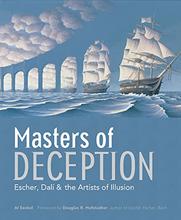
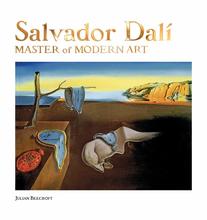

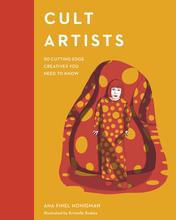
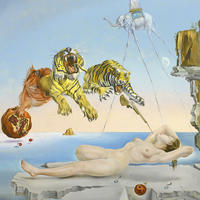
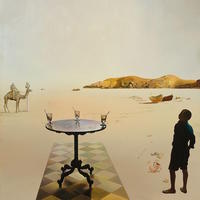
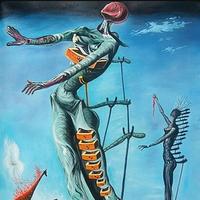
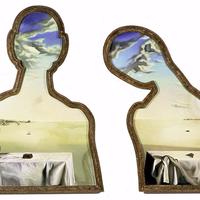
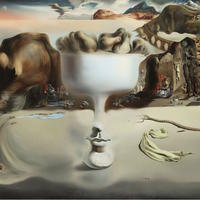












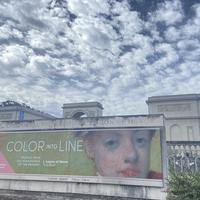
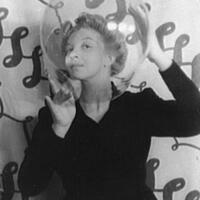
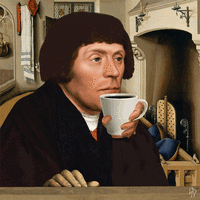
Much marketing, some creativity, not that exciting though. Three stars.